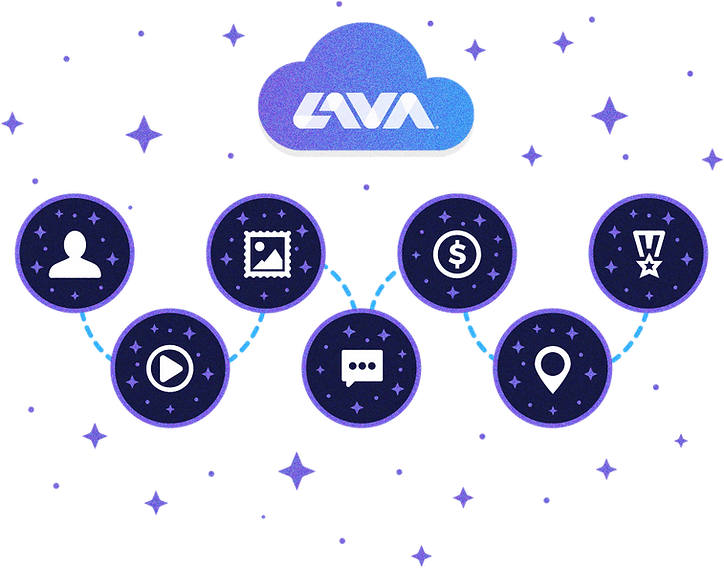Google's LAVA AI System Boosts Cloud Data Center Efficiency by Up to 9.2 Percentage Points

Google researchers have developed an artificial intelligence system named LAVA, designed to significantly enhance the efficiency of cloud computing infrastructure. The system, which predicts and continuously updates the predicted lifespan of virtual machines (VMs), aims to optimize server utilization, reduce wasted resources, and lower operational costs within Google's vast data centers. This development was highlighted in a recent social media post, stating, "AI is now optimizing the cloud itsel👀."
The LAVA system, which stands for Lifetime-Aware VM Allocation, employs a trio of algorithms: NILAS (Non-Invasive Lifetime Aware Scoring), LAVA, and LARS (Lifetime-Aware Rescheduling). These algorithms work in concert to solve the complex bin-packing problem of efficiently placing VMs onto physical servers. Unlike traditional methods that rely on a single, initial prediction of a VM's lifespan, LAVA utilizes "continuous reprediction," constantly updating its forecasts as VMs operate.
Since its deployment in Google's production data centers in early 2024, the NILAS algorithm has demonstrated substantial efficiency improvements. Production pilots and fleet-wide rollouts have shown an increase in "empty hosts" by 2.3 to 9.2 percentage points, a metric directly correlating with efficiency. Furthermore, pilot experiments indicated a reduction in CPU stranding by approximately 3% and memory stranding by 2%, ensuring more resources are available for new VMs.
This advancement is particularly crucial for Google Cloud, which holds an 11% share of the global cloud infrastructure services market as of Q4 2023, positioning it as the third-largest provider. Optimizing cloud infrastructure through AI not only improves performance and cost-effectiveness for Google but also underscores a broader industry trend towards AI-driven management of complex IT environments. The collaborative project involved teams from Google Cloud, Google DeepMind, Google Research, and SystemsResearch@Google, demonstrating a concerted effort to integrate advanced machine learning into core infrastructure.